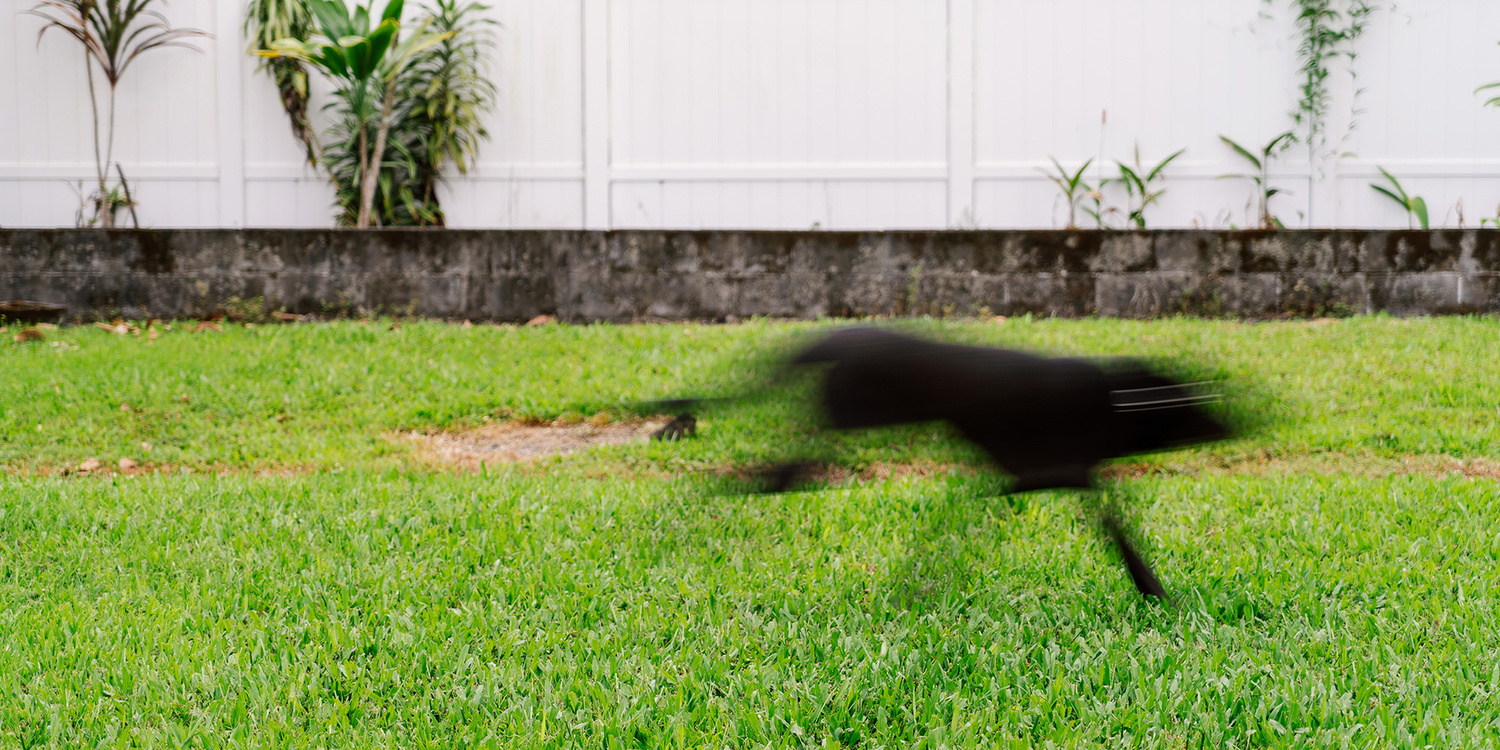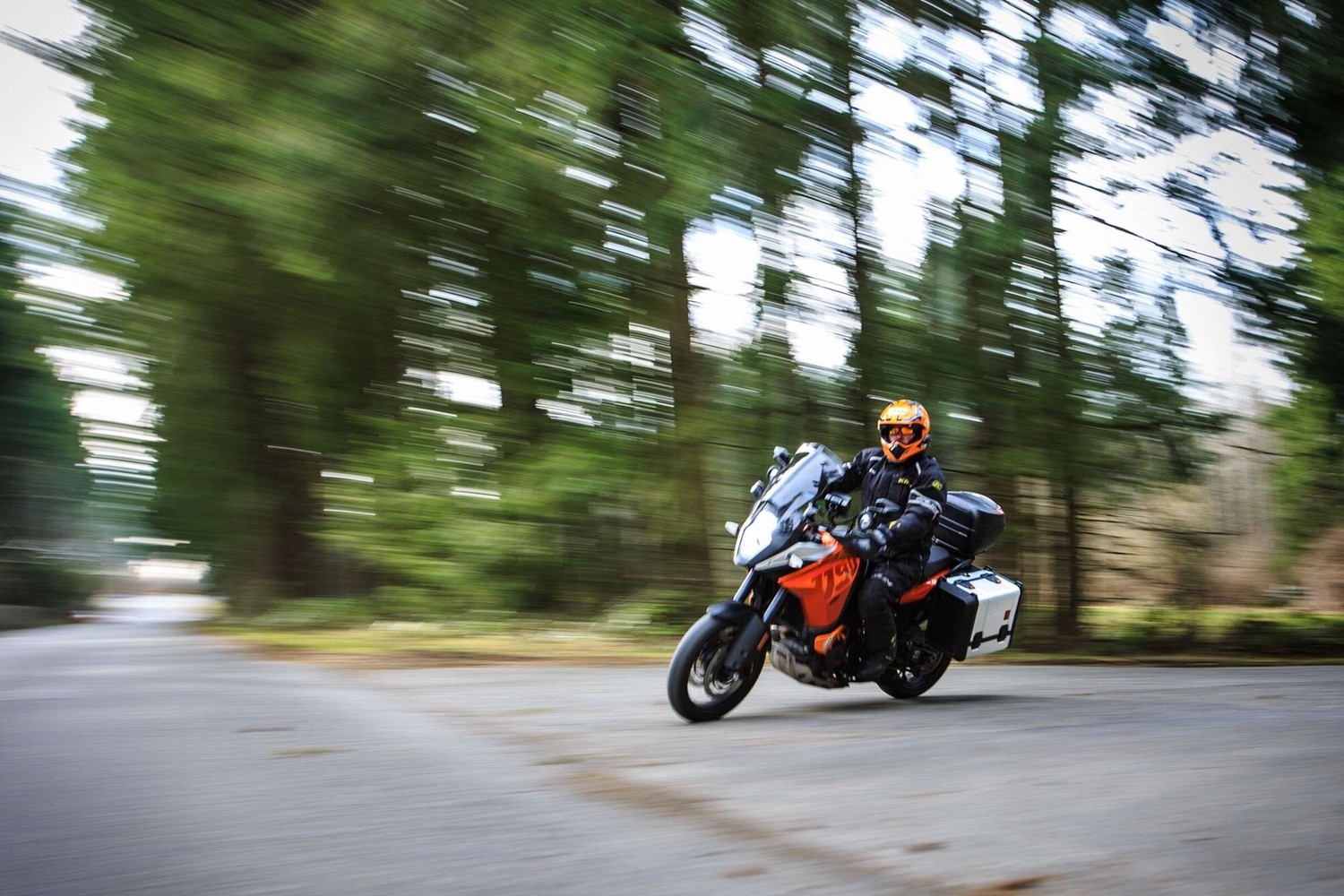Blur is generally seen as a negative thing in photographs. Sure, it can fully ruin an otherwise good image or take away from a moment that would have otherwise been wonderful to document. But, blur can also be an amazing and helpful tool, one that can add a lot to an image, as long as it is used intentionally and thoughtfully.
Motion Blur Versus Camera Shake
Before we go any further, we need to first distinguish between camera shake and motion blur. Both of these are due to slow shutter speed, but one is purposeful and a creative method to be used and the other is not and should be avoided. Camera shake results from either hand-holding a camera or using a subpar tripod in combination with a slow shutter speed. The entire image will have some degree of blur when camera shake is the issue. While photography rules are made to be broken, generally speaking, an entirely blurry image is not a good thing. The lack of a defined subject will typically create a confusing image for viewers, and it can also be a visually jarring and unpleasant result. Motion blur, on the other hand, is something that is used intentionally (happy accidents do happen, however) to convey movement, tell a story, or add interest in an image.
The easiest way to avoid camera shake is to use a tripod, however, that isn't always feasible or even necessary. Instead, shooting with a shutter speed that is just fast enough to leave the scene sharp but the moving subject blurred is essential. The general rule of thumb is to keep your shutter speed faster than the reciprocal of the focal length of your lens if you are hand-holding the camera in order to ensure a sharp image. If you are using a 50mm, that means shooting faster than 1/50 s. If you have the tendency to have shaky hands like me, however, going around a full stop faster, something like 1/100 s, is the safest bet when the situation allows for it.

In this image, my shutter speed was fast enough to leave the surrounding scene sharp and still, but slow enough that her hand and spoon were blurred from the stirring motion.
Settings: 33mm, 1/40 s, f/4, ISO 1,000
Shutter Speed and Motion Blur
As touched on above, blur results from two things: slow shutter speed and moving subjects and/or a camera in motion. Unfortunately, there isn't one shutter speed that can be recommended to blur motion, since the way that motion comes across in your images depends on a handful of factors. The speed of the movement is an obvious one, but the direction of movement, how far the moving subject is from the camera, and your focal length all have an impact on what shutter speed is necessary when it comes to achieving blur (or freezing motion, for that matter). It also isn't necessarily a case of the slower the better, as too slow of a shutter speed can result in your subject being so blurred that it isn't even visible (on the extreme end, that is). At the end of the day, it takes some trial and error and practice to know what is best for any given situation.

This image is an example of too much blur, as the shape of the dog can no longer be made out.
Settings: 70mm, 1/25 s, f/4, ISO 50
Types of Motion Blur
While there are two broad types of blur (camera shake and motion blur), motion blur itself can be divided up further into categories. To keep things simple, I'm going to discuss two main types here today: blurred subject and sharp background and blurred background and sharp subject (also known as panning). There are plenty of other types of motion blur, such as light painting, star trails, shutter drag, and so on, so if blur in images intrigues you, I highly encourage you to keep digging and look into those types as well!
In order to capture a blurred subject with a sharp background, you need to have a few things in place. First, the camera needs to be mostly stationary. It can be handheld, as long as you have a fast enough shutter speed that only the moving subject will be blurred, but it should remain in one place for exposure. Then you need, obviously, a moving subject! In the example below, I was photographing a ceramic artist who was spinning a pot on the wheel. Because she was holding relatively still and I was holding the camera still, she remained sharp in the image while the wheel and the pot ended up blurred. Also, because of the speed at which the wheel was spinning, I didn't need a very slow shutter speed to get blur here; 1/250 s was slow enough to do what I wanted in this case.
Panning is the second main category of motion blur. Panning is a result of the camera moving in the same direction as a subject in motion, leaving the subject sharp but the background blurred. This can be tricky to get just right, as the direction of movement of both the camera and subject matters significantly, as does the speed of both of those things. Ideally, the subject and camera are moving at roughly the same speed and in the same direction in order to maintain a sufficiently sharp subject. Panning can create a really dramatic and active image. You typically see panning with photographs of vehicles, but there are lots of creative options out there for this technique!
When To Use Blur
Perhaps the biggest conundrum is when to use blurred movement and when to freeze that motion instead. When used correctly, blur can add a lot to an image. It can tell more of a story than a perfectly crisp image would, giving a real sense of action and movement to an image. I love to take some images with motion blur when I photograph artists, as it can give more insight into how they work. For example, the painter below uses short, quick brushstrokes to blend her paint on the canvas, which is more evident with blur as opposed to without. The blur here adds information that is helpful for the viewer and doesn't take away from the overall quality or feel of the image.
Water is a frequent subject of motion blur, in part because it helps emphasize the power of a water source and also conveys the passage of time as water continuously flows on. Blurred water in the right circumstances can also create an almost otherworldly feel, which can be a powerful thing for an image. Such was the case with this image, taken on a bright and sunny afternoon using a neutral density filter in order to blur the ocean waves washing over the rocks. The image would have been much more mundane and boring if I would have used a fast shutter speed to freeze the action of the small waves.
Lastly, blur can add a wide variety of emotions to images, depending on how exactly it is used. Portraits are a great subject for blur in order to express strong emotions, such as this image below. The model being blurred creates a sense of uneasiness and sadness that would not be there were they entirely sharp. But, it is important to note that it is not so much blur that we cannot make out the features of the subject, which is key. If the figure was entirely distorted, it would be difficult to understand the image and the same emotions would not come across.
At the end of the day, blur is like most things in life. Used in moderation, it can be a powerful and helpful tool to have in your photography skills arsenal. But, too much blur, whether that be in one single image or using it too frequently, can end up being a negative thing that takes away from your work. Asking yourself what you are trying to convey and what style would best lend itself to that is going to be the key to using blur successfully (and purposefully) in your images.
How and when do you like to use blur in your images? If you think it is always a poor choice, why is that?
Images used with permission.












That picture of Lucien is now in two articles. I swear we should make a challenge where we get all the other writers to use it in their articles.
Ha! I think that would be a great challenge!
I typically use motion blur on motorsports.
Nice!
Thanks!
What a great shot!
Thanks!